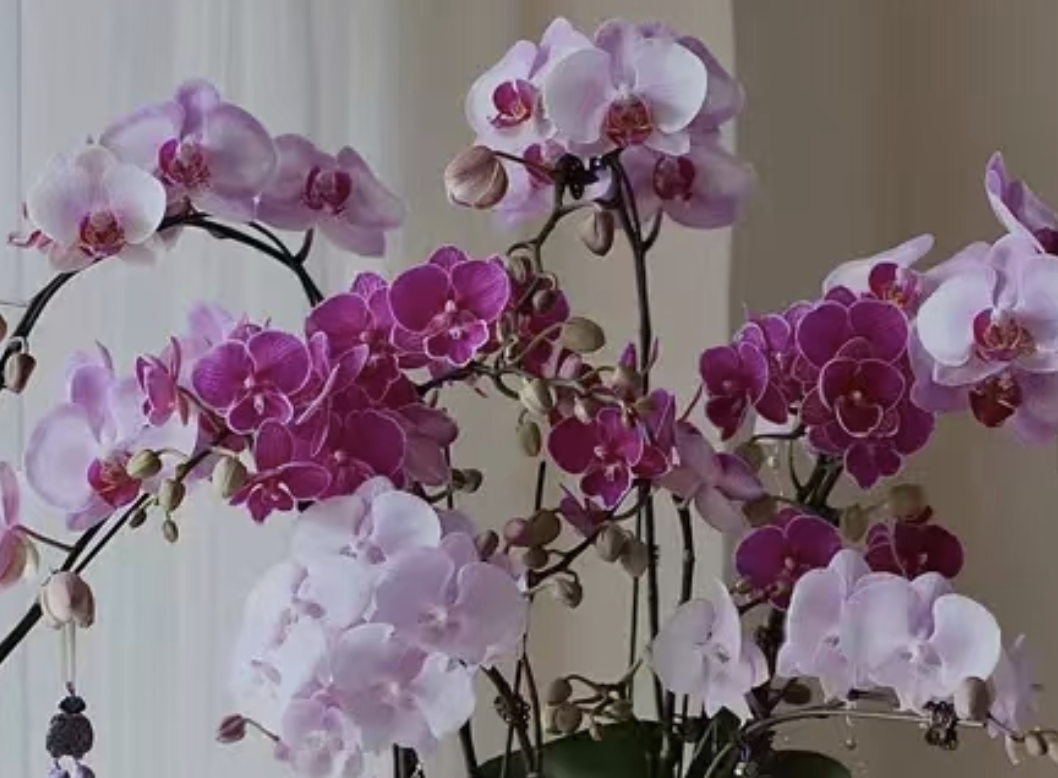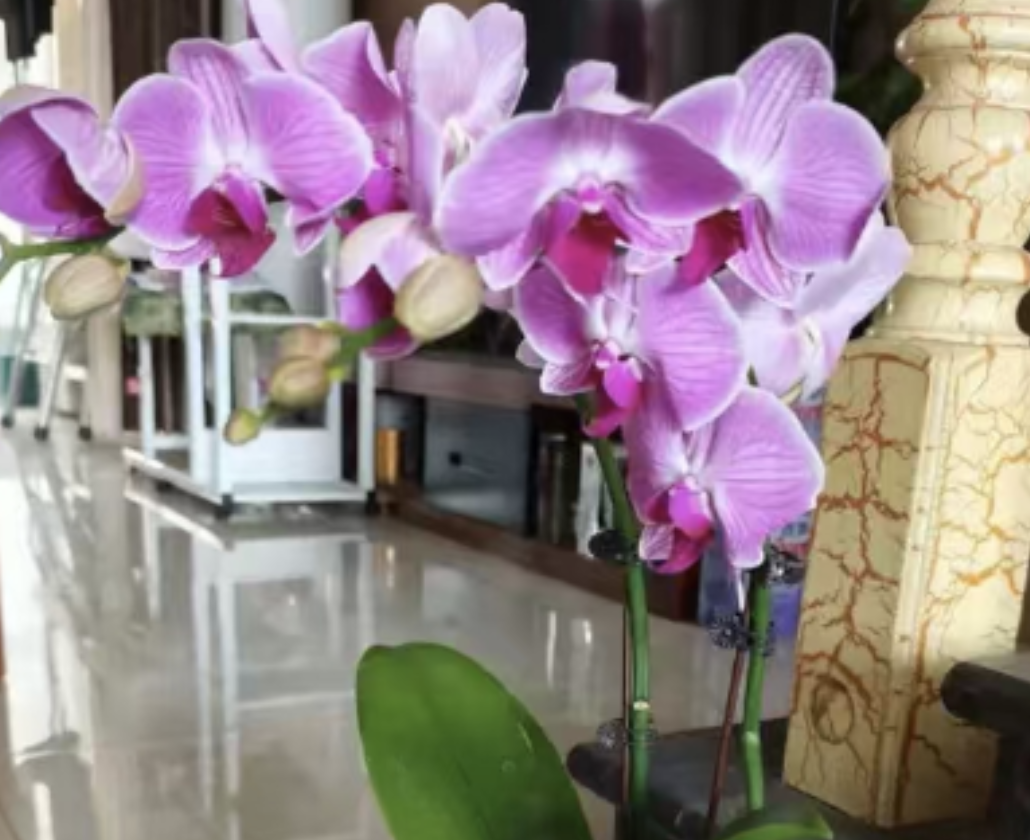Phalaenopsis orchids, as a widely loved flower, have won the affection of countless flower enthusiasts. However, it is not an easy task to make Phalaenopsis orchids bloom more abundantly. Sunlight exposure and placement are important factors affecting the blooming of Phalaenopsis orchids. This article will discuss these two aspects in detail to help flower enthusiasts better care for Phalaenopsis orchids and enable them to bloom more beautiful flowers during the flowering period.
The sunlight requirements of Phalaenopsis orchids are rather special. They need the nourishment of light but cannot be directly exposed to intense sunlight. Therefore, the control of sunlight exposure time and the selection of light sources become particularly important.
Sunlight Exposure Time
Phalaenopsis orchids are long-day plants and require at least 12 hours of sunlight exposure each day to ensure their normal growth, development, and blooming. However, this does not mean that Phalaenopsis orchids can endure direct sunlight for a long time. In summer and autumn, due to the strong sunlight intensity, long periods of direct sunlight will cause the leaves of Phalaenopsis orchids to turn yellow and wither. Therefore, in these seasons, we need to use sunshade nets and other sun protection measures to provide scattered light for Phalaenopsis orchids while avoiding direct sunlight.
Light Source Selection
In the growth environment of Phalaenopsis orchids, the light intensity should be controlled between 25,000 and 40,000 lux. The light intensity within this range can meet the growth requirements of Phalaenopsis orchids without causing harm to them. To achieve this light intensity, we can use professional grow lights to provide suitable light for Phalaenopsis orchids. These grow lights can simulate the spectrum of natural light, providing sufficient sunlight for Phalaenopsis orchids while avoiding the harm caused by direct sunlight.
The placement of Phalaenopsis orchids is equally important for their growth and blooming. A suitable placement can provide appropriate sunlight, temperature, and humidity conditions for Phalaenopsis orchids, promoting their healthy growth and blooming.
Sunlight Conditions
As mentioned before, Phalaenopsis orchids need scattered light. Therefore, we should choose a location that can receive scattered light while avoiding direct sunlight. A place near the east or south window but shielded by curtains is an ideal dwelling for Phalaenopsis orchids. Here, they can enjoy the gentle morning sunlight and the evening glow without worrying about being burned by the scorching sun.
Temperature and Humidity
Phalaenopsis orchids like a warm and humid environment and have relatively strict requirements for temperature and humidity. The most suitable growth temperature is between 18 and 28 °C. Temperatures that are too high or too low will affect their normal growth and blooming. Meanwhile, maintaining a relatively high air humidity is also crucial. The indoor humidity can be increased by regularly spraying water, using a humidifier, or placing a water tray. When choosing the placement, try to avoid places near heating radiators, air conditioner vents, and other places with large temperature changes. Ensure that the environment is well-ventilated to avoid being too stuffy or dry.
Ventilation Conditions
Good ventilation conditions are also important for the growth of Phalaenopsis orchids. Fresh air can promote the respiration of the plants and reduce the occurrence of pests and diseases. However, the leaves of Phalaenopsis orchids are rather delicate and cannot be directly exposed to strong winds, otherwise, it is easy to cause leaf damage. Therefore, when choosing the placement, ensure that there is a certain amount of ventilation but avoid direct blowing. Phalaenopsis orchids can be placed in a corner near the window inside the room but shielded by curtains. This way, both ventilation and avoidance of direct wind blowing can be ensured.
Avoidance of Harmful Substances
Phalaenopsis orchids have high requirements for air quality and are particularly sensitive to harmful substances such as smoke and chemical gases. Therefore, when choosing the placement, stay away from places such as kitchens and bathrooms that may produce harmful gases or odors. Also, avoid placing Phalaenopsis orchids near electrical appliances such as televisions and computers to reduce the impact of electromagnetic radiation on the plants.
The sunlight exposure and placement of Phalaenopsis orchids are important factors affecting their blooming. By reasonably controlling the sunlight exposure time and intensity, choosing a suitable placement, and providing appropriate sunlight, temperature, and humidity conditions for Phalaenopsis orchids, we can promote their healthy growth and blooming. It is hoped that this article can provide some useful suggestions for flower enthusiasts and enable your Phalaenopsis orchids to bloom more beautiful flowers during the flowering period.
How many hours of sunlight should Phalaenopsis orchids receive each day?

Share with
Tagged in :




Leave a Reply